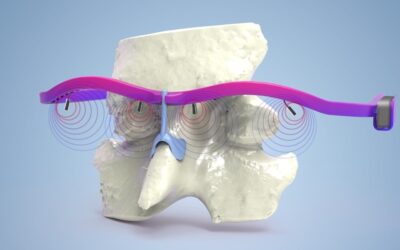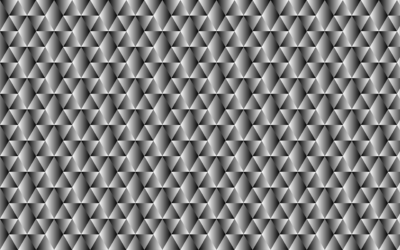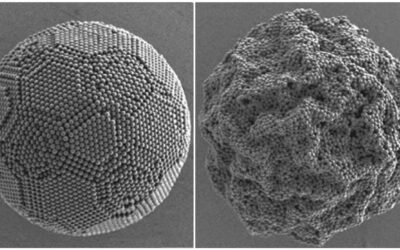Chul-Ho Lee and Min Jae Ko discuss the critical moisture stability problem for perovskite materials. For more information, you can also check out their paper “Inorganic Rubidium Cation as an Enhancer for Photovoltaic Performance and Moisture Stability of HC(NH2)2PbI3 Perovskite Solar Cells” (and its gorgeous corresponding front cover) in Advanced Functional Materials.
What is the moisture stability problem in perovskite solar cells?
Methylammonium lead triiodide (MAPbI3), one of the organic–inorganic hybrid perovskites (OHP), easily forms hydrated perovskite phases. When a water molecule penetrates MAPbI3, it accelerates its decomposition (specifically MAI) and, finally, MAPbI3 decomposes to PbI2. In the case of formamidinium lead triiodide (FAPbI3), the black alpha-phase (the photoactive phase) easily transforms to the yellow delta-phase (a hexagonal non-perovskite phase, not photoactive) under humid conditions.
Do we know what causes it?
Humidity affects the chemical and phase stability of OHP, and this humidity stability is closely related to the hygroscopic nature of the organic cations, such as methylammonium and formamidinium. To solve the humidity stability problem, there are three kinds of approaches. The first approach is the enhancement of the intrinsic humidity stability of OHP. Perovskite has the structure ABX3, with corner sharing of the BX6 octahedron. When several monovalent cations for the A site and halides for the X site are mixed (e.g. RbFAPbI3, CsFAPbI3, CsMAFAPbI3-xBrx, RbCsMAFAPbI3-xBrx, etc.), the perovskite phase becomes more stable and, hence, humidity stability is enhanced.
A second approach is the application of hydrophobic hole transporting materials. Spiro-MeOTAD, the most widely used hole transporting material, requires Li salt (which is hygroscopic) as a dopant due to its low conductivity and, therefore, perovskite solar cells with spiro-MeOTAD exhibit relatively low humidity stability. To enhance the humidity stability, hole transporting materials which do not require hygroscopic dopants are being developed.
The third approach is to encapsulate the device. Perovskite solar cells passivated with PTFE or Al2O3 exhibit improved humidity stability, and encapsulating methods which already have been developed for OLEDs are also being applied to perovskite solar cells.
How close are we to solving this issue?
Recently, many studies have reported that perovskite solar cells sustain their performance under highly humid conditions via the aforementioned approaches. However, perovskite solar cells are still vulnerable when various types of external stresses are applied to them simultaneously (thermal stress and illumination conditions in a highly humid atmosphere). The final goal is closer then ever but, for the commercialization of perovskite solar cells, many studies are still needed to overcome the issues.

















